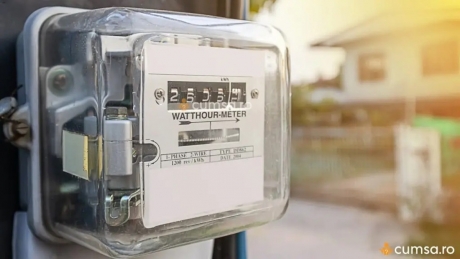Romania’s central bank (BNR) decided in its January 12 meeting to keep the monetary policy rate unchanged at 7%, in line with expectations. BNR thus kept the policy rate for the 13th month in a row, which helped it bring the inflation rate from over 15% at the end of 2022 to 6.6% in December 2023.
The decision, backed by a long series of internal and external factors of uncertainty, came to confirm the expectations of analysts – who also predicted the first rate cut in May and the yearend policy rate at 5.5%-5.75%.
The annual inflation rate fell to 6.7% y/y in November, below the monetary policy rate, and the annual adjusted CORE2 inflation rate saw its downward trend steepen more than anticipated, shrinking to 9.1% in November, from 11.3% in September, against the background of more widespread disinflationary base effects.
The central bank expects the annual inflation rate to go up in January 2024 and then resume its gradual decline on a lower path than that shown in the November 2023 medium-term forecast. However, it points out to uncertainties and risks to the inflation outlook stemming from the full package of fiscal and budgetary measures implemented recently for underpinning the budget consolidation process, as well as from the measure to cap the mark-ups on basic food products due to end in February 2024.
Significant uncertainties and risks are associated with the future fiscal and income policy stance, given the 2023 budget execution and the coordinates of the budget programme approved for 2024, as well as the implications of the new legislation on pensions and the wage dynamics in the public sector, which could call for prospective add-ons to the package of corrective fiscal and budgetary measures, inter alia amid the excessive deficit procedure and the conditionalities attached to other agreements signed with the EC.
Other uncertainties and risks to the outlook for economic activity, implicitly the medium-term inflation developments, continue to arise from the war in Ukraine and the Middle East conflict, as well as from below-expectations economic performance in Europe, especially in Germany.
Furthermore, the absorption of EU funds, especially those under the Next Generation EU programme, is conditional on fulfilling strict milestones and targets.
(Photo source: Lcva/Dreamstime.com)

 acum 11 luni
47
acum 11 luni
47





















 English (US) ·
English (US) ·  Romanian (RO) ·
Romanian (RO) ·